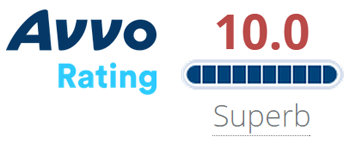ICE’s Bed Mandate: Who Benefits?
Illegal crossings along the U.S.-Mexican border have diminished greatly. The Administration’s DACA policy has saved hundreds of thousands of young people from possible deportation. The GOP is pressing for deep cuts in the federal 
So why is ICE locking up more persons than ever before, and spending much more money than in previous years?
The simple answer is the bed mandate.
The what?
Back in 2009, the late Senator Robert Byrd (D-VA) amended a DHS appropriations bill to require ICE to keep a minimum of 33,400 persons locked up at all times. ICE thus became the only agency in the entire federal government to have a minimum quota on the number of people that they must keep in jail. Congress later raised the bed mandate to 34,000.
Since 2005, the number of persons in ICE detention has risen 72%, and this costs the taxpayers $2 billion annually. Even former DHS Secretary Janet Napolitano calls the bed mandate artificial and unnecessary. Instead of releasing low-risk persons with ankle bracelets, ICE is forced to spend $120 per prisoner per day.
Ironically, the GOP has blocked efforts to repeal the bed mandate even though it smacks of government waste and inefficiency.
Why? Follow the money.
Bed Mandate – We Know Who Benefits
Private companies, the Corrections Corporation and Geo Group, imprison over 60% of ICE detainees. The stock of these two-publicly traded companies has roughly doubled over the past 3 years. In messages issued in 2012, an ICE administrator ordered employees to increase arrests in order to comply with the bed mandate. These days, the former ICE administrator is, guess what, an executive for one of the companies mentioned above.
The Comprehensive Immigration Reform (CIR) bill passed by the Senate last June would give ICE more discretion in determining who to imprison and who to release. However, if you own stock in the companies listed above, don’t sell your shares just yet.
GOP Senators inserted an amendment into the CIR bill which would compel ICE to triple arrests in the Southwest. This would boost the cost of incarcerating inmates by over $1.5 billion over the next 10 years.
Great news for stockholders, but for taxpayers, it’s just another example of government waste.







